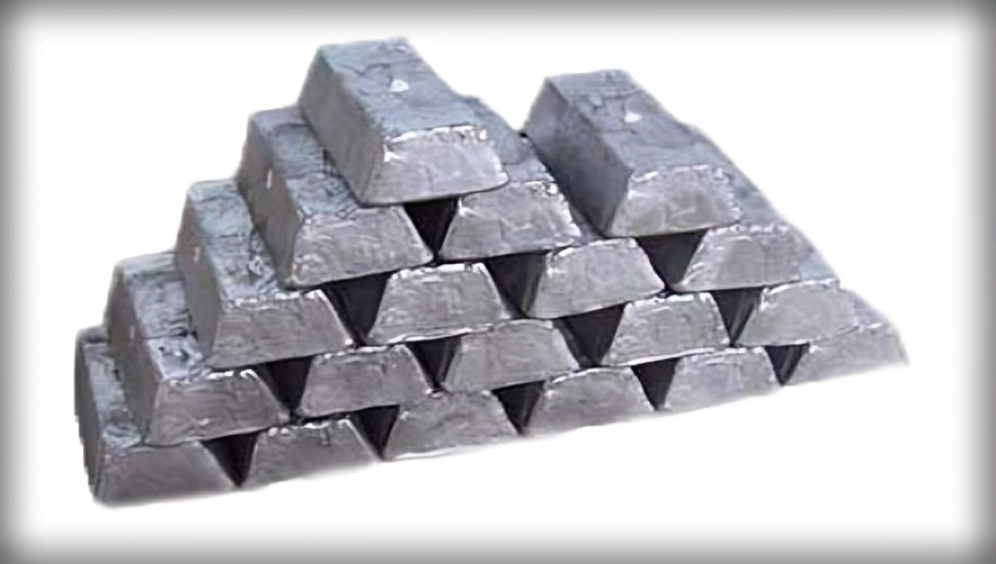Alloy cast iron is a versatile category within the cast iron family, distinguished by the deliberate addition of alloying elements that significantly modify its properties. At its core, cast iron is an iron–carbon alloy with a carbon content greater than 2%, but when additional elements such as chromium, nickel, molybdenum, and copper are introduced, the material’s performance can be dramatically enhanced. These alloying elements help tailor the metal’s mechanical properties, corrosion resistance, and wear characteristics to suit specific applications.
One common type of alloy cast iron is ductile iron, sometimes called nodular cast iron, where small amounts of magnesium are added during processing. Magnesium causes the graphite to form in spheroidal shapes rather than flakes, which results in improved ductility and strength compared to traditional gray cast iron. This nodular structure prevents the propagation of cracks, making ductile iron an excellent choice for applications that require both toughness and fatigue resistance, such as automotive components and piping systems.
In contrast, there are alloy cast irons that retain a flake graphite structure. Although these alloys can be more brittle, they offer superior damping and hardness properties. The flake graphite acts as a built‐in lubricant during machining, and its energy-absorbing characteristics make these alloys well-suited for applications where vibration damping is critical, such as in machine tool bases and engine blocks.

The alloying process in cast iron is carefully controlled during the melting and casting phases. The precise amounts of added elements determine whether the final product is designed for improved wear resistance, higher tensile strength, or enhanced corrosion resistance. For example, a higher chromium content in an alloy cast iron can form a stable, protective oxide layer on the surface, thereby reducing the risk of corrosion. Nickel is often added to further refine the graphite structure and boost overall toughness without sacrificing machinability.
In summary, alloy cast iron represents a tailored evolution of traditional cast iron. By adding specific alloying elements during production, engineers can fine-tune the material’s characteristics to meet demanding performance requirements, ensuring that alloy cast iron remains a critical material in modern manufacturing and heavy industry.
Alloy cast iron is an alloy of iron containing so much carbon that it is brittle and so cannot be wrought but must be shaped by casting used in a wide variety of structural and decorativeapplications, because it is relatively inexpensive, durable andeasily cast into a variety of shapes.,

© 2013 Vertix Co. All Rights Reserved. Leading Supplier Of Foundry & Metallurgical Materials